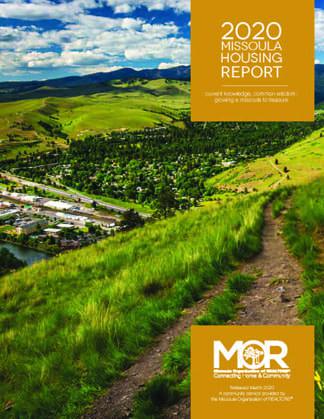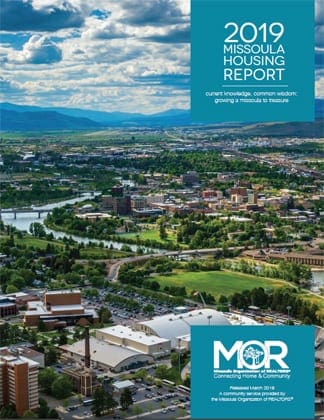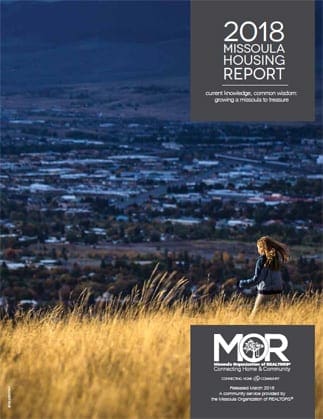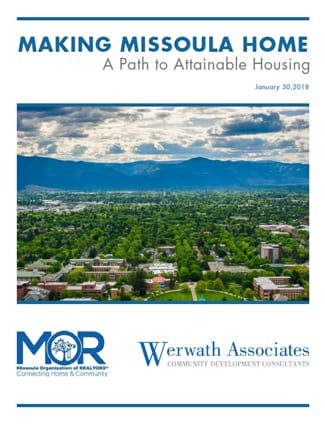At their annual meeting November 15th, the Missoula Organization of Realtors announced that Mindy was the recipient of their 2025 Good Neighbor Award.
“Our 2025 Good Neighbor Award recognizes a REALTOR® member who is making an extraordinary impact within our community through their volunteer work. Please help us congratulate Mindy Palmer as our 2025 Award Winner who was nominated for her work with Missoula Aging Services and their Meals on Wheels program! As part of this award, MOR will also present Missoula Aging Services with a $1,000 one-time donation!” – Missoula Organization of Realtors
“Mindy exemplifies the dedicated volunteer we rely on to sustain essential programs like Meals on Wheels. For over 23 years, she has faithfully delivered her route—through snowstorms, triple-digit heat, and even during pandemics—always with a smile and genuine care for the people we serve. Saying we couldn’t provide this program without volunteers like Mindy is no exaggeration; it’s a heartfelt acknowledgment of her outstanding service. We are deeply honored to work alongside her.” – Missoula Aging Services




